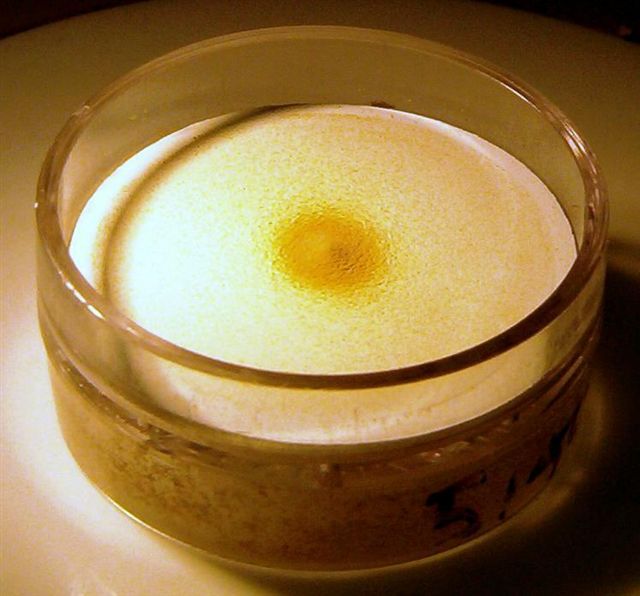In the gravimetric analysis, we compare the weight of the filter with a sample against the weight of the clean filter. When the sample weight is significantly more than the weight of the clean filter, we are very confident in our results. But how do we estimate the detection limit of the analytical procedure? What is the lowest weight of the sample deposit that we can detect on the filter?
As an example, we will discuss the method NIOSH 0500. In this method, ambient air is filtrated on a PVC membrane and the amount of collected dust is measured as a weight difference of the membrane before and after filtration. Let’s say, we use analytical micro balances that can read down to 0.001mg, and we expect that the detection limit is somewhere between 0.01 and 0.1 mg
We take 8 filters and measure their weights. Spike the filters with solids at a concentration within the expected range for the detection limit. For this example, we prepare a solution of Sodium Chloride in DI water at a concentration of 0.5mg/ml and spike the filters from 1 to 7 with 0.1ml of the solution to create a spike of 0.05mg of salt per filter. Let the filters dry overnight and weigh them again. Calculate the weight difference and correct the result for the weight change of a blank filter. Calculate the standard deviation of the measured weight of the spike.
| Filter # | Filter weight (mg) | Filter weight + spike (mg) | Weight difference (mg) | Measures Spike Weight (mg) |
| 1 | 14.523 | 14.585 | 0.062 | 0.075 |
| 2 | 16.345 | 16.379 | 0.034 | 0.047 |
| 3 | 12.156 | 12.209 | 0.053 | 0.066 |
| 4 | 17.311 | 17.382 | 0.071 | 0.084 |
| 5 | 15.263 | 15.311 | 0.048 | 0.061 |
| 6 | 14.168 | 14.248 | 0.080 | 0.093 |
| 7 | 15.872 | 15.934 | 0.062 | 0.075 |
| 8 (blank) | 15.634 | 15.621 | -0.013 | |
| Standard Deviation= | 0.015 | |||
| MDL= | 0.046 |
The standard deviation is found to be 0.015mg/sample and the method detection limit for this hypothetical test is 0.046mg/sample.
Please note that the method detection limit is often significantly higher than the readability of the balances, and depends on the material of the filter and analytical procedure.
If you like my interpretation of the ISO 17025 standard I can help you to navigate through other ISO 17025 requirements and prepare your laboratory for accreditation or certification. I can offer my 25 years of experience as a Laboratory Manager, Quality Manager for Canadian ISO 17025 accredited laboratories, and 5 years of experience as a laboratory Site Assessor / Auditor for one of the largest accreditation organizations. I offer online and in-person consulting. If you think that you can use my expertise, please contact me at your convenience.
